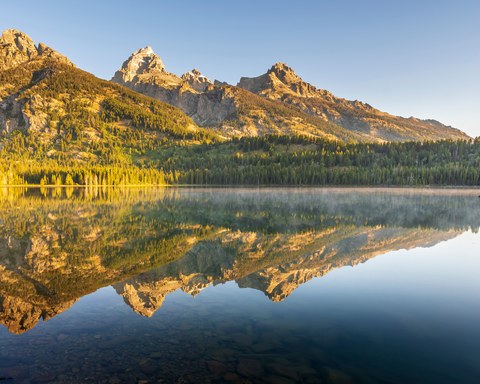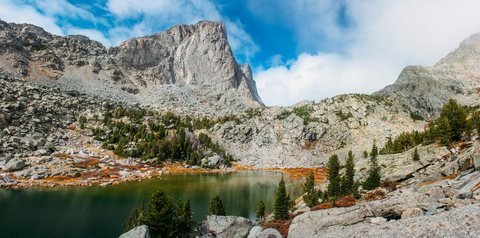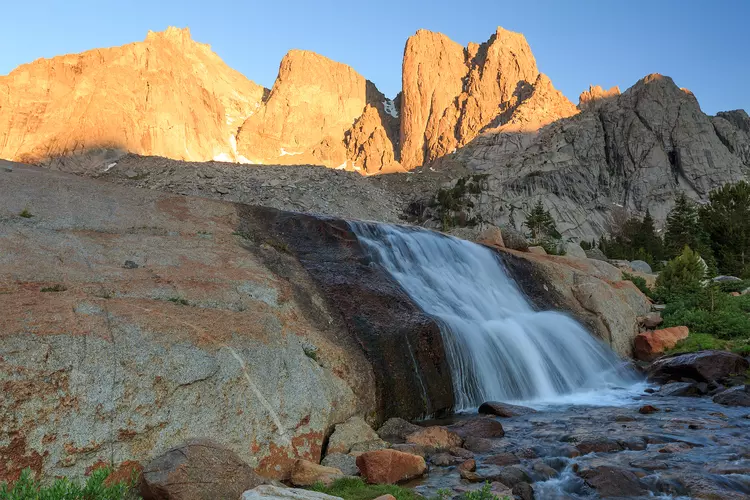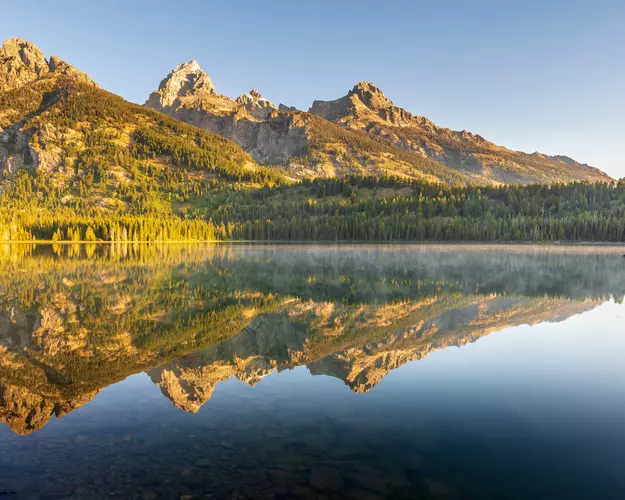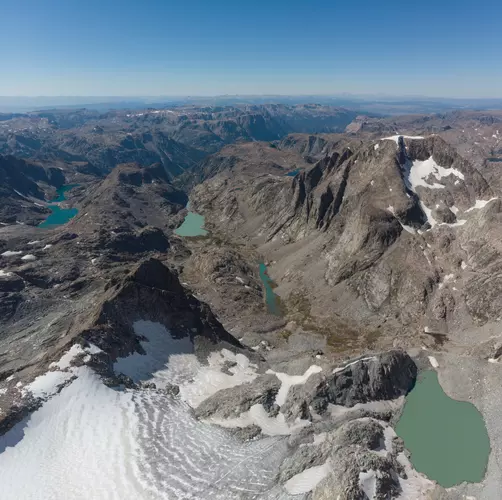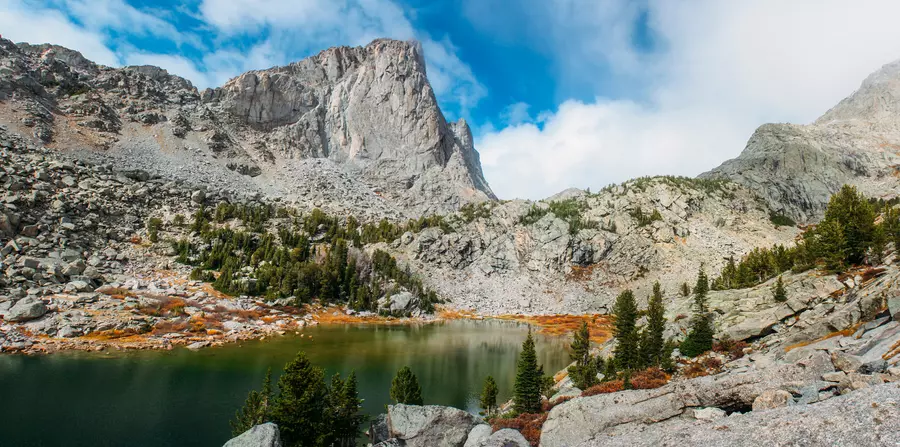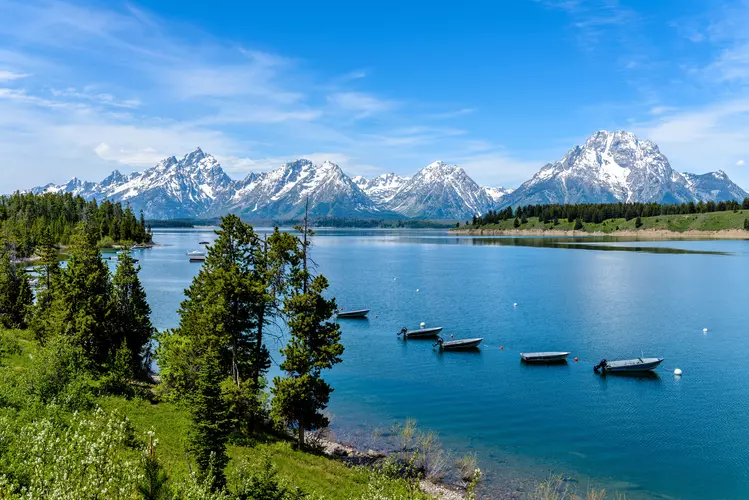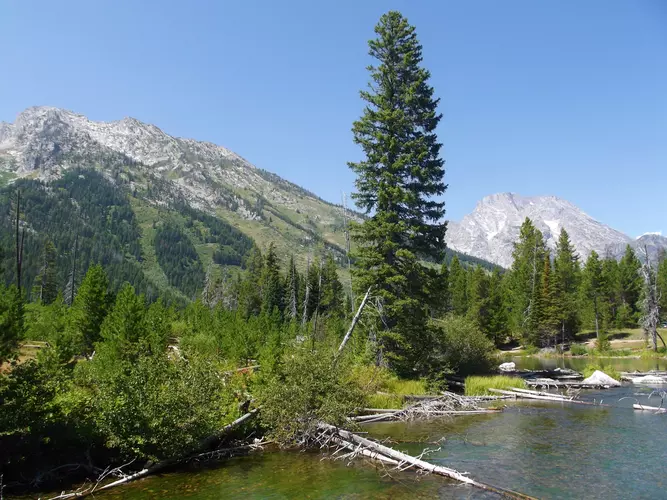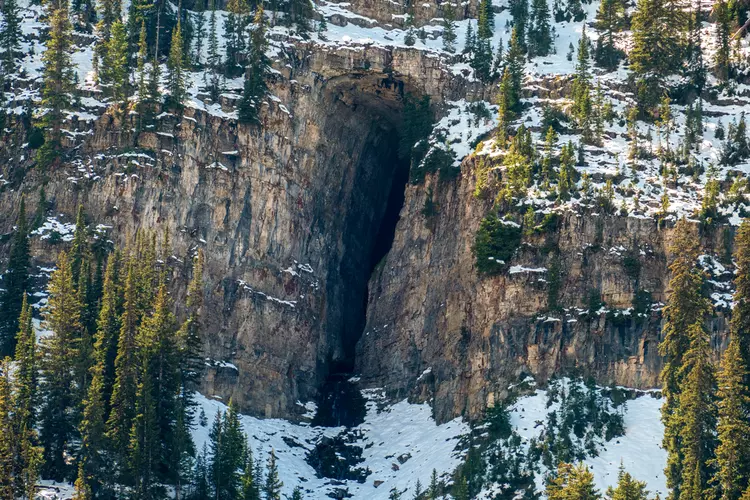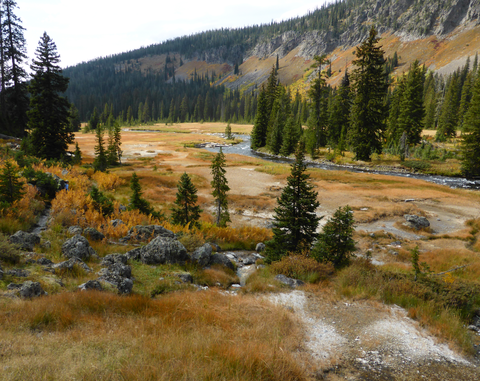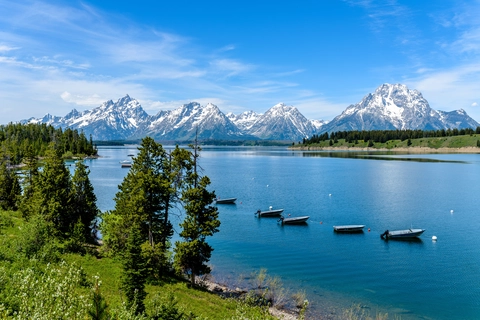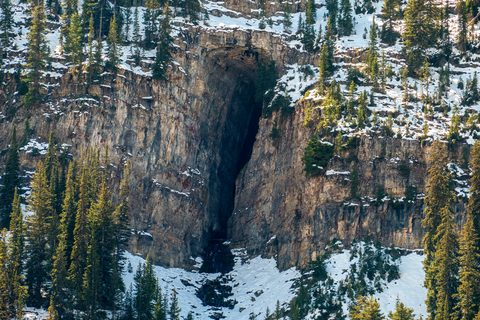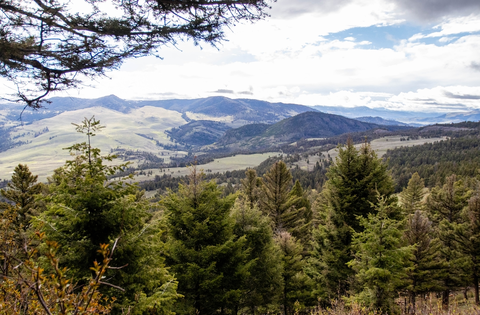"Wyoming's trails offer adventurous hikers stunning landscapes, diverse wildlife, and inspiring natural beauty at every turn."
Wyoming, a hiker's paradise, offers breathtaking landscapes that promise adventure at every turn. From the rugged peaks of the Grand Tetons to the geothermal wonders of Yellowstone, each trail unveils nature's artistry. Imagine trekking through wildflower meadows, spotting bison and elk, and gazing at star-filled skies. Whether you're scaling Devil's Tower or wandering through Wind River Range, Wyoming's trails invite you to explore, discover, and be inspired by the untamed beauty of the West.
Most popular hikes
FAQs about hiking in Wyoming






More hikes in Wyoming
by difficulty
by type


